11 of the best British record players of all time
We pay tribute to some of our favourite turntables
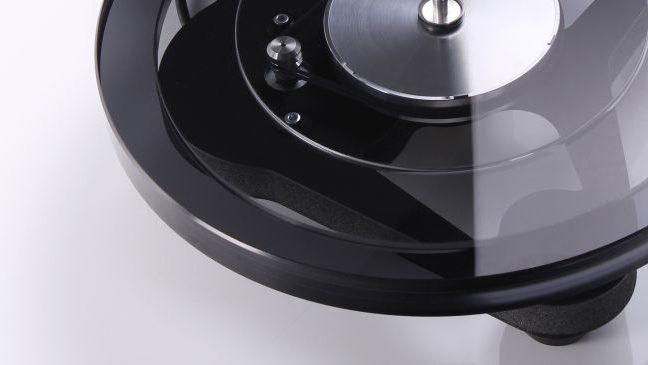
Vinyl is the music format that just won't go away. In fact, did you know that in 2022 vinyl sales beat CD sales for the first time since 1987?
We're thrilled by the vinyl revival, but what good is loving vinyl if you don't have a decent turntable to play it on?
As we celebrate British Hi-Fi Week, we've taken a trip down memory lane to admire some of the best record players from British audio companies that have passed through our test rooms.
We've been reviewing audio equipment for the last 44 years, so while some companies are still going strong, others are sadly no longer with us. Regardless, all of these record players are brilliant examples of British audio engineering that well and truly stand the test of time.
And if you like this, check out our feature on why the 1970s were the perfect time to start a British hi-fi company.
Linn LP12 (1973)
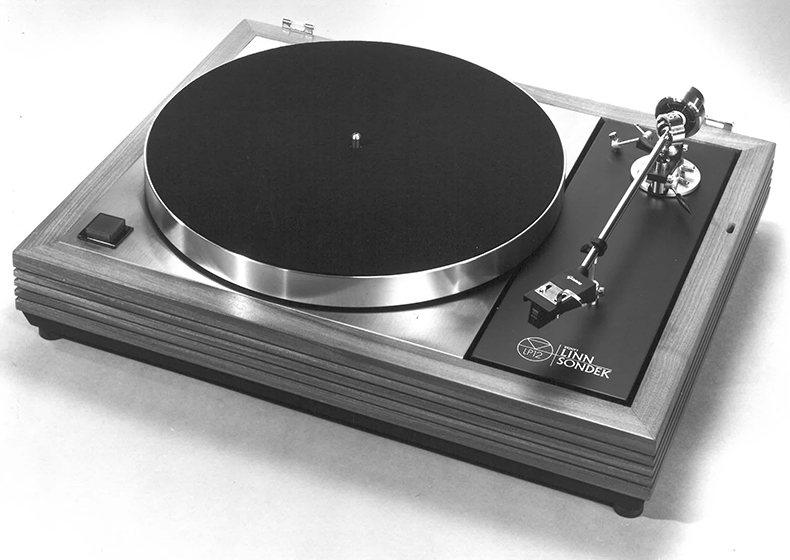
And we're starting with one of the best, bar none. Linn's LP12 turntable was first introduced in 1972 and immediately proved popular with audiophiles. The range of compatible arms and cartridges the company made meant keeping this vinyl player up-to-date was satisfyingly easy.
Almost every aspect of the design has been revised over the years, and while the early breed of the LP12s had a round and rich balance, modern incarnations have moved towards a more neutral, even-handed sound. All of them have been firm What Hi-Fi? favourites.
The latest hi-fi, home cinema and tech news, reviews, buying advice and deals, direct to your inbox.
Rega Planar 3 (1978)

Since its introduction in 1978, the Rega Planar 3 has been a go-to turntable (and its latest incarnation stalked off with What Hi-Fi? awards in 2019, 2020 and 2021). A respectable mid-market record player, the Planar 3 remains an easy-going, low-cost piece of kit that continues to keep our vinyl spinning – and since the company keeps refining the product, we imagine it'll stay that way for a while yet.
Check out our feature on the making of the Rega Planar 3
Michell Gyrodec (1982)

In 1982 the Gyrodec was a combination of great sound quality and artistic design. Bring the clock up to date and this player is still available – it's a testament to its quality that it's essentially the same machine.
When it's up and running it sounds detailed, expressive and graceful, ready to put down other products costing plenty more. It's not plug-and-play – some assembly is required – but the instructions are clear, and there's a logic to its design that means it'll be spinning your discs in no time. And when it's spinning, there's nothing that looks quite like it.
Ariston Q-Deck (1990)

Ariston perhaps became best known for the patent case, Ariston vs. Linn, over the thorny issue of the similarities between the Linn LP12 and the Ariston RD11. The patent was opposed but it led to the two companies striking out anew on their own. Both turned out a succession of excellent record players, with Linn of course still going strong to this day. We were fans of the Ariston RD40, RD80 and this, the affordable Q-Deck, as featured in this April 1990 round-up.
Systemdek IIX (1990)
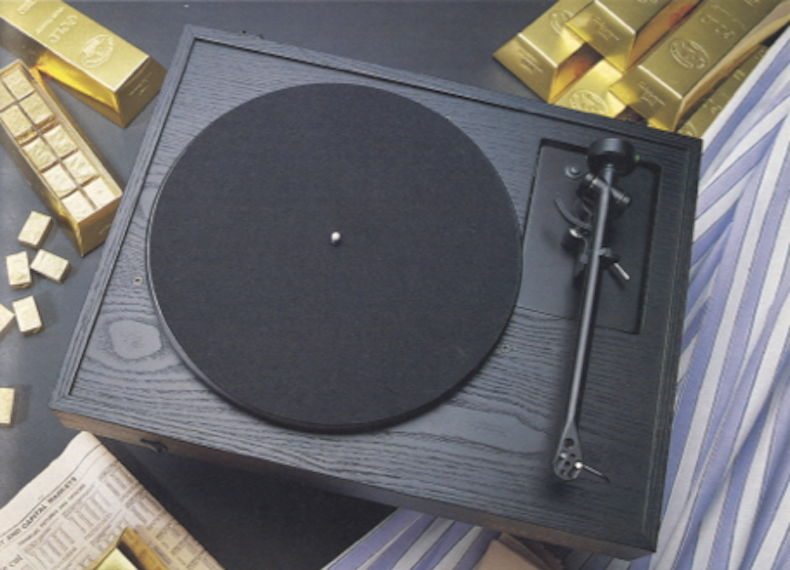
The Systemdek IIX became our Product of the Year in 1990, and it held that position for the next two years. It is rightly regarded by many as one of the finest turntables ever produced – and surely the finest to come out of Troon, Scotland.
The record player's sound quality rose well above that of its closest rivals – timing was confident and music sounded tuneful and easy-flowing – thanks to a series of innovative design features, such as a three-point sprung chassis.
Pink Triangle Tarantella (1997)
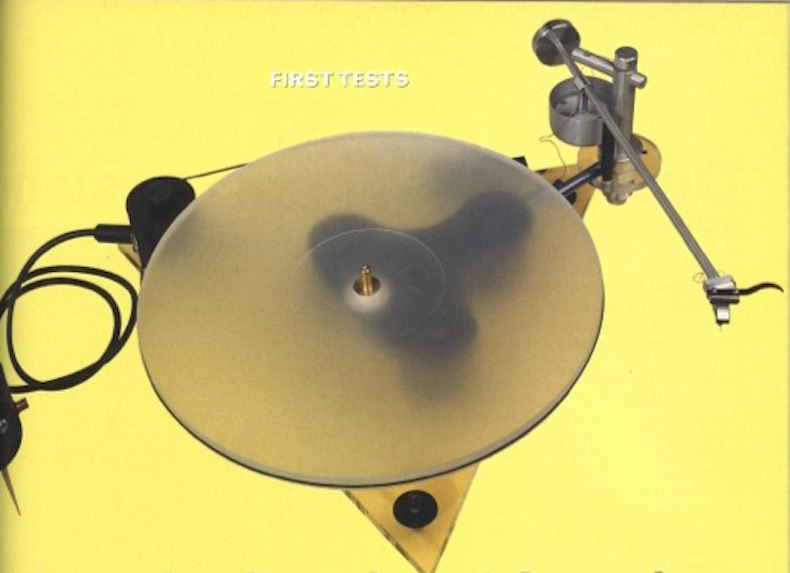
The first time we heard this turntable, we awarded it a dismal two stars. We were unable to get vinyl turning steadily at 33rpm which, we're sure you'll agree, is a bit of a disadvantage when it comes to playing LPs. But Pink Triangle brought the deck back to us with all problems solved – and we were thrilled to hear the Tarantella's open sound and refreshingly clear dynamics. Although the Pink Triangle company closed in 2003, there's no doubt the London manufacturer's legacy lives on.
Wilson Benesch Full Circle (2001)

Wilson Benesch was founded in 1989 in Sheffield and set itself apart from the crowd by using carbon fibre. The Full Circle was the "pinnacle of the company's art", as we referred to it in this 2001 piece, and used the company's carbon fibre suspension technique. The sonic result was a precise, spacious sound complete with a smooth treble and full bass.
Read the full Wilson Benesch Full Circle review
Roksan Xerxes 20 (2006)

You should never judge a book by its cover, and the same can be said for turntables. The Roksan Xerxes 20 looks to be your conventional, run-of-the-mill wooden-box turntable, but it is packed with clever engineering.
A motor that turns on its axis to compensate for torque fluctuations, a bearing designed to minimise noise, and rubber suspension tuned to dampen specific frequencies are just some of the little tricks Roksan's engineers built into this player. And they worked. The Xerxes 20 got all the essentials right – this is a player with first-class dynamics, and exceptional timing and rhythm.
Read the full Roksan Xerxes review
Vertere DG-1 Dynamic Groove (2019)

This £2750 'plug and play' deck got its debut at the High End 2019 show in Munich. Prior to that, the company’s turntable range had typically focused on the high-end of the market, with flagship deck/arm combinations retailing for premium car money.
The significantly lower price point here meant that the company couldn’t just re-use the engineering solutions in its existing products and find the cost savings where needed. Instead, Vertere took a fresh ground-up design approach to achieve what it thought were the best solutions for the price.
Despite the DG-1's extrovert design, it’s the arm that really grabbed our attention. Rather than using a conventional cylindrical arm tube (which gives rigidity but is also prone to resonances) the DG-1’s arm is made of a flat, triple-layered, aluminium alloy/polymer sandwich. Its bearings are unusual too, discarding traditional metal designs for twisted nylon threads. Even the wiring is unconventional, using a gold-plated flexible PCB rather than standard cables.
Did it work out? You could say that. Upon handing the DG-1 a What Hi-Fi? 2020 award, we concluded, "This Vertere is now the one to beat at this level". It took home another What Hi-Fi? award in 2021 but was finally beaten in 2022 – by the upgraded Vertere DG-1 S.
Read the full Vertere DG-1 Dynamic Groove review
Rega Planar 8 (2019)
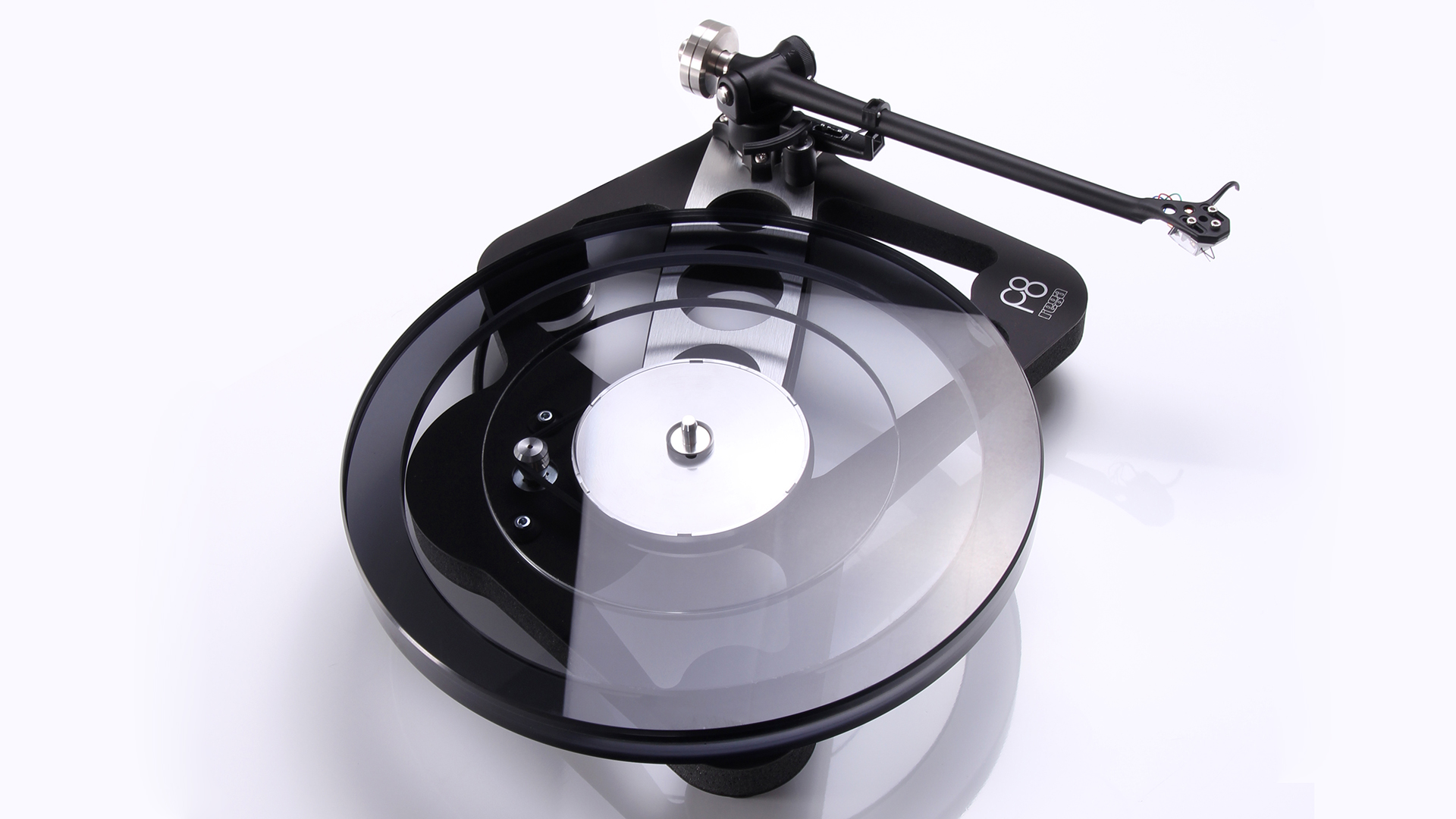
Our list wouldn't be complete without another excellent Rega Research turntable. The Essex specialist has been delivering five-star products since its inception in 1973, and it helped a few other brands with tonearms and record players along the way. Updated versions of its classic Planar 1, 2, 3 (see above), 6... we could go on... have continued an arguably unmatched dynasty of great decks.
But we love the latest Rega Planar 8 for doing something a little different and still delivering top-quality performance. There's a new main bearing assembly, a new three-piece platter, a new tonearm, and a new look that is like nothing else around. The sound? Stunning and unrivalled at launch, which is why we made it a What Hi-Fi? award-winner in 2019.
Read the full Rega Planar 8 review
SME Synergy (2020)
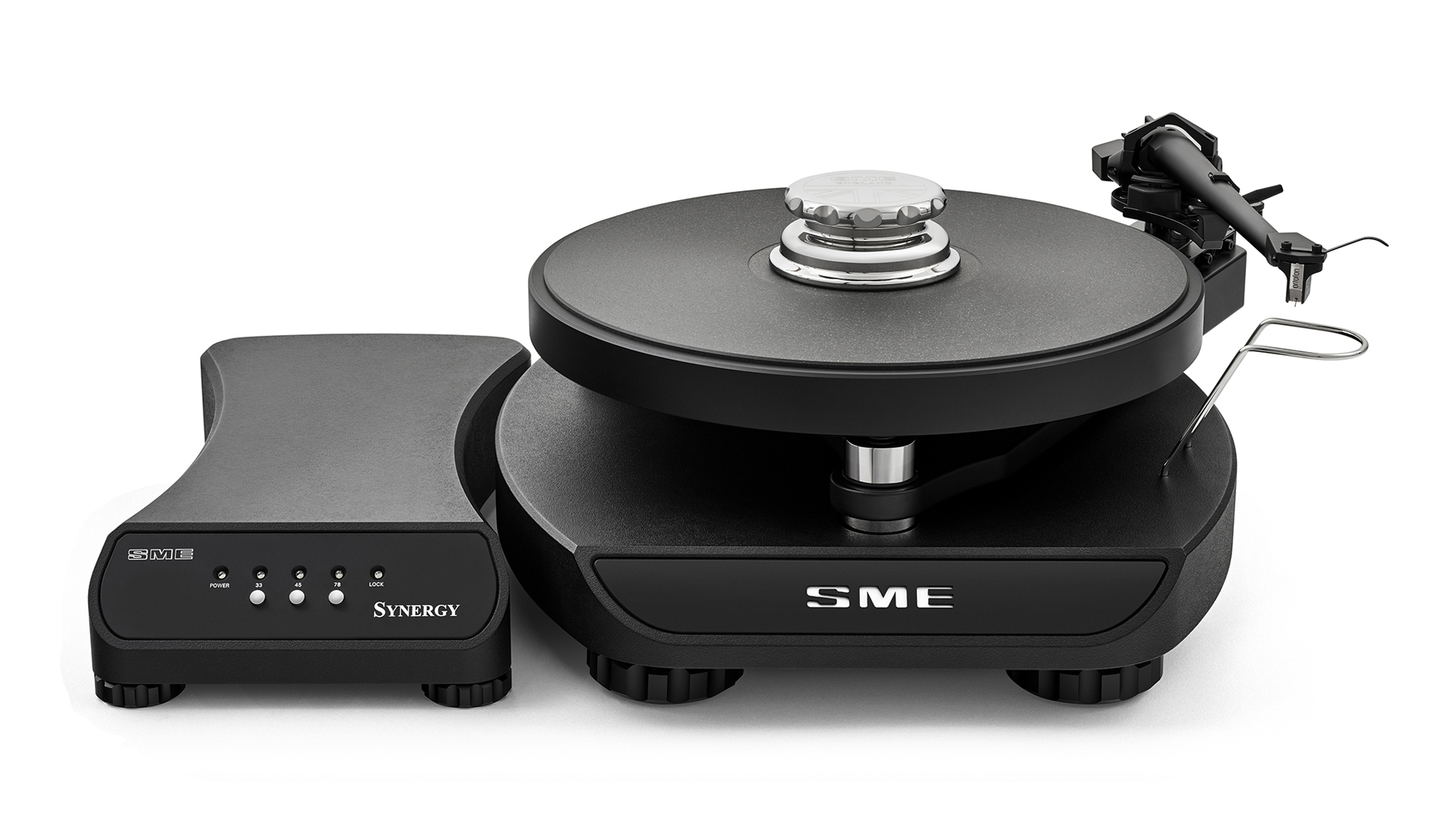
Take a look at any of SME's turntables or arms and its obsession for quality is impossible to miss. This measured approach means that SME doesn’t introduce new products often, so when the company decided to launch a complete record-playing package called the Synergy, we couldn't help but take note.
The Synergy package is made up of the SME 12 turntable with a dedicated arm that’s essentially a rewired version of the highly regarded SME IV, an Ortofon MC Windfeld Ti cartridge, and a built-in phono stage from Swiss high-end hi-fi royalty Nagra. Considering many of Nagra’s products tend to cost way more than the complete Synergy package that’s quite some coup.
In sound terms, the Synergy is every bit the sum of its awesome parts. SME’s products tend to excel in detail resolution and control, and the Synergy is no different. Everything we played in our thrilling review session proved brilliantly detailed and flawlessly organised. It's tonally balanced, authentic and dynamic, too, with bags of grin-inducing energy. In short, this is a modern classic of a turntable.
Read the full SME Synergy review
MORE:
Check out all of our British Hi-Fi week reviews, features and news
Here are the best record players you can buy right now

Joe is the Content Director for What Hi-Fi? and Future’s Product Testing, having previously been the Global Editor-in-Chief of What Hi-Fi?. He has worked on What Hi-Fi? across the print magazine and website for almost 20 years, writing news, reviews and features on everything from turntables to TVs, headphones to hi-fi separates. He has covered product launch events across the world, from Apple to Technics, Sony and Samsung; reported from CES, the Bristol Show, and Munich High End for many years; and written for sites such as the BBC, Stuff and The Guardian. In his spare time, he enjoys expanding his vinyl collection and cycling (not at the same time).
- Ketan BharadiaTechnical Editor
- Tom Parsons
